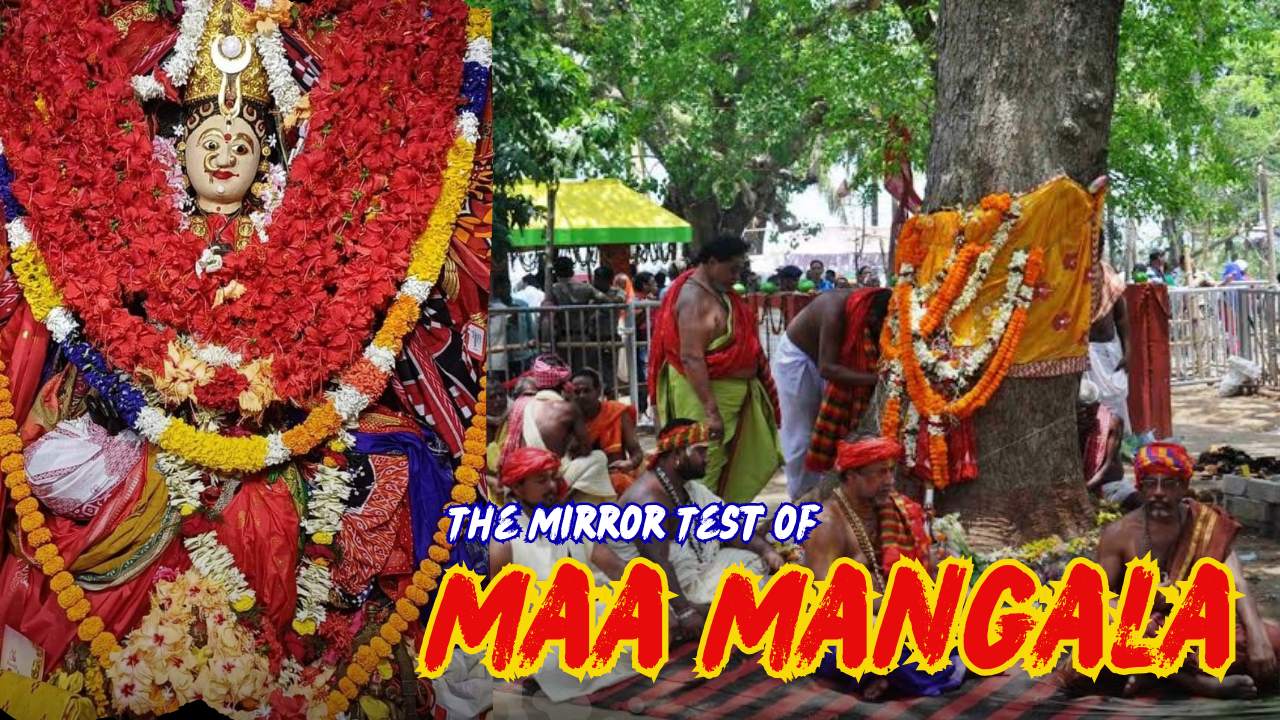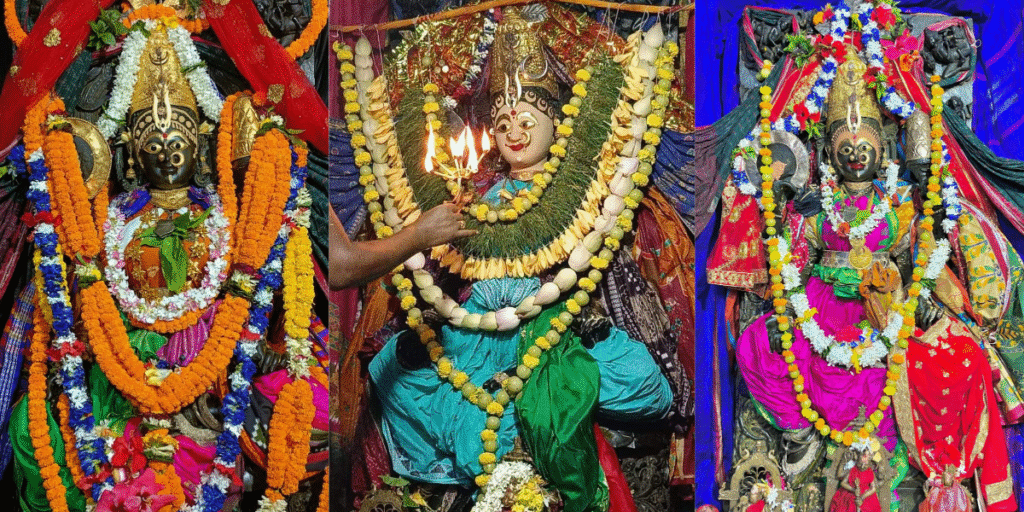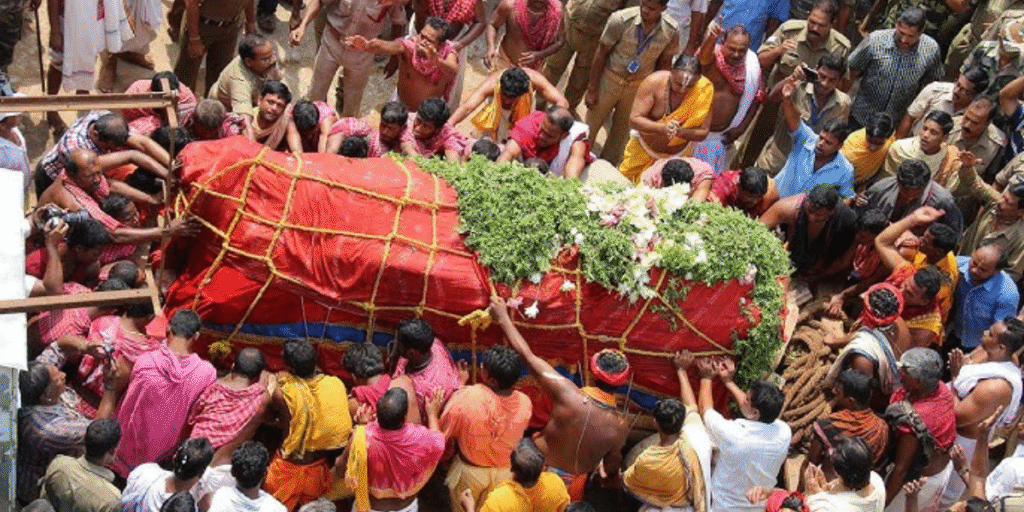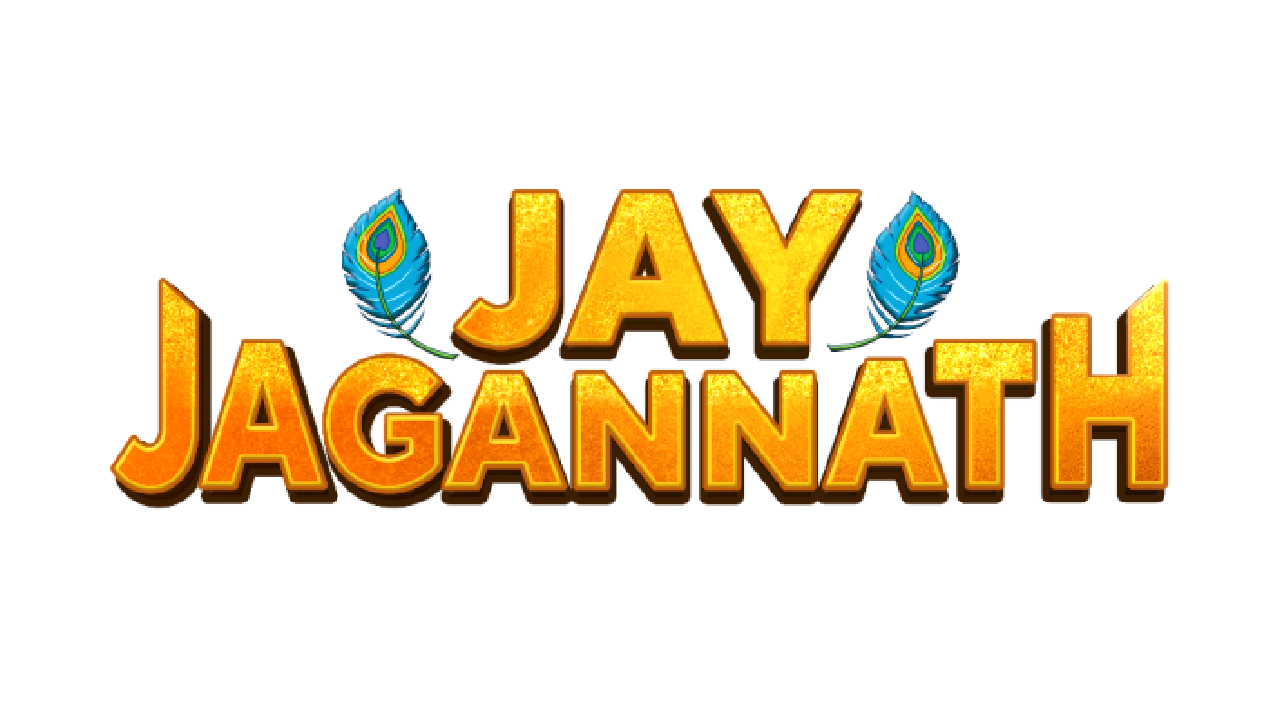
The Mirror Test of Maa Mangala: How the Divine Daru Tree Is Chosen for Lord Jagannath
- The Sacred Body of the Lord Must Be Chosen, Not Made
- Maa Mangala: The Divine Guide of the Lord’s Journey
- The Mirror Test: A Glimpse into the Divine Reflection
- The Spiritual Symbolism of the Mirror
- A Ritual That Connects Earth to Ether
- An Event that Mobilizes a Nation
- A Glorious Ritual of Light and Reflection
The Sacred Body of the Lord Must Be Chosen, Not Made
The Mirror Test of Maa Mangala. The deity of Lord Jagannath, unlike most Hindu idols, is not made of stone or metal — He resides in wood. But not just any wood — the Lord’s divine form is carved only from rare, sacred Neem trees, known as Daru Brahma.
Once every few decades, when the time of Nabakalebara comes, the divine soul within the Jagannath idols is ritually transferred to newly carved bodies. This is one of the most secretive, mystical, and spiritually intense rituals in Sanatana Dharma. But the question arises — how is the perfect tree identified among thousands?
The answer lies in the grace of a living Goddess — Maa Mangala of Kakatpur, and her age-old ritual known as the Mirror Test.

Maa Mangala: The Divine Guide of the Lord’s Journey
The journey to find the Daru begins with surrender at the feet of Maa Mangala, who is considered an incarnation of Maa Durga or Shakti. It is believed that the soul of Lord Jagannath seeks Her permission before entering a new body.
As per tradition, after the Puri Gajapati (King) performs the official announcement of Nabakalebara, a team of Daitapatis (Lord’s personal servitors) makes a secretive journey to Maa Mangala’s temple in Kakatpur, where they fast and sleep in the temple premises for several nights.
In their dreams, the goddess is believed to reveal the location and signs of the exact Neem trees that are to become the new divine bodies of the deities.
The Mirror Test: A Glimpse into the Divine Reflection
Once a potential tree is found, matching scriptural descriptions — such as:
-
No visible cracks or decay
-
A natural symbol of chakra, shankha (conch), gada (mace), or padma (lotus) on its bark
-
Facing a river or pond
-
Presence of an anthill or nearby temple
-
No nests of birds or snakes around it
— the final confirmation is sought through the Mirror Test.
How It Is Done:
-
A clean, consecrated mirror is placed in front of the tree.
-
The reflection of the tree in the mirror is observed with great reverence.
-
If the reflection appears luminous, whole, peaceful, or gives a sign (as per the vision of the servitors), it is taken as a direct confirmation from Maa Mangala.
-
The tree is then accepted as Daru Brahma — the divine wood, and elaborate rituals follow before it is cut, carried, and carved.
The Spiritual Symbolism of the Mirror
In Hindu dharma, mirrors are not just tools for seeing — they are symbols of truth, clarity, and soul-reflection.
In this case, the mirror:
-
Reflects the purity of the Daru’s soul
-
Acts as the eye of the Goddess
-
Serves as a non-verbal divine affirmation
Some priests and scholars believe that the mirror acts like a portal, revealing whether the hidden Brahma within the tree is calm or awakened, thereby choosing to reveal itself.

A Ritual That Connects Earth to Ether
The mirror test isn’t about just reflecting an image — it’s about seeing through the illusion (Maya) and finding the one Daru that resonates with the divine purpose. This process teaches us:
-
That faith can guide more powerfully than reason.
-
That Mother Goddess’s wisdom transcends human logic.
-
That every major decision in Jagannath culture is made not by man, but through surrender to divine will.
An Event that Mobilizes a Nation
Once the Daru is confirmed, villagers and devotees join in celebration, offering puja, dancing, and playing traditional music. The tree is not cut, but ritually “liberated,” as it is believed to be voluntarily offering itself for the Lord’s service.
This begins the grand and secretive journey of the Daru to Puri, wrapped in cloth, guarded by servitors, and accompanied by thousands chanting “Hari Bol”. The Daru is then taken to Koili Baikuntha, where the new deities are carved in total seclusion, and the mysterious transfer of Brahma Padartha is performed.
No one — not even the King — is allowed to witness this.

A Glorious Ritual of Light and Reflection
In an age of technology and proof, rituals like the Mirror Test of Maa Mangala remind us of a world guided not by science but by sacredness. A simple mirror, in the hands of the faithful, becomes a tool of destiny, shaping the very body of the Lord of the Universe.
So the next time you visit Puri, remember — behind those majestic idols lies a hidden story, where a Mother’s divine glance in a mirror chose the body for her child, the Lord Jagannath Himself.


Leave a reply here
Your email address will not be published. Required fields are marked *